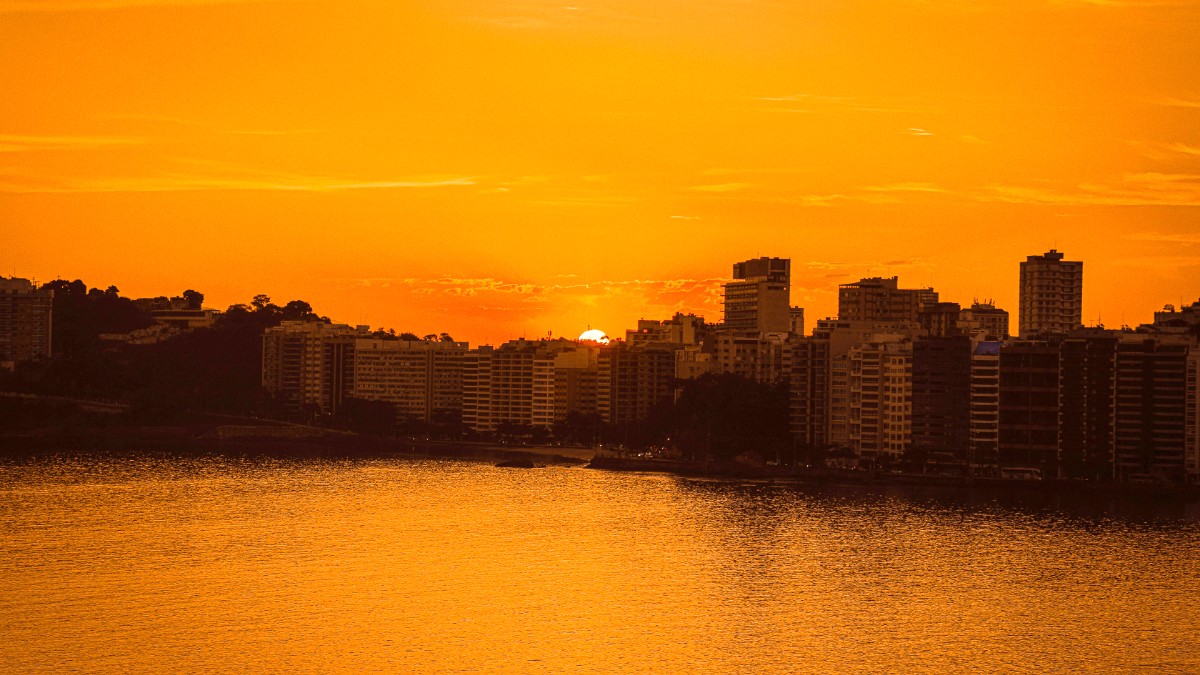
Uruguay
Buses (Ómnibus): Buses are the main and most comprehensive form of public transportation in Montevideo. The city does not feature a metro (subway) system or trams. The bus network covers virtually all neighborhoods, connecting the historic Ciudad Vieja, the bustling Centro, the coastal areas like Pocitos, and linking to the Tres Cruces Bus Terminal, which serves as the hub for intercity travel. Buses are generally frequent and a cost-effective way to get around.
Route Maps and Important Hubs: Bus routes are extensive and can appear complex at first glance. Google Maps and the Moovit app greatly simplify navigation for planning routes, bus stops, and real-time arrivals. Major transfer points include Plaza Independencia, Avenida 18 de Julio, and Tres Cruces Bus Terminal.
Extensive bus system covers all neighborhoods, connecting areas and terminals.
Google Maps and Moovit app are highly recommended for real-time routes and planning.
Limited accessibility for mobility challenges on public buses; newer buses may feature some elements.
Typically yellow and black with a "LIBRE" roof light.
Can be hailed on street, at stands, or called via radio-taxi companies (recommended at night).
Metered fares, cash preferred. Fares increase after 10 PM and on holidays.
Not strictly necessary; drivers appreciate keeping the change.
For convenience, especially at night or with luggage, taxis and ride-sharing services are readily available. These services provide cashless payment, GPS tracking, and driver/vehicle details.
Drive on the right. Seatbelts mandatory. Headlights on highways at all times. Strict laws against drunk driving. No mobile phone use while driving.
Major inter-city routes are well-maintained. City roads can have potholes/uneven surfaces in older areas.
Challenging and expensive in Ciudad Vieja/Centro. Street parking often metered. Parking garages available but costly.
Exploring Montevideo on foot or by bicycle offers intimate insights into the city's character.
Hop-on-hop-off bus tours cover major city attractions (Ciudad Vieja, Centro, coastal neighborhoods).
Convenient for first-time visitors.
No regular boat taxi services or water transportation within Montevideo for public commuting.
Mainly international ferry services to Buenos Aires/Colonia.
Infrastructure poses challenges for mobility needs (older buildings, cobblestone streets).
Accessible transport may require advance booking of specialized services.
Purchase a STM card for public buses as soon as you arrive.
This not only offers cheaper fares but also makes navigating the bus system easier without needing exact change.